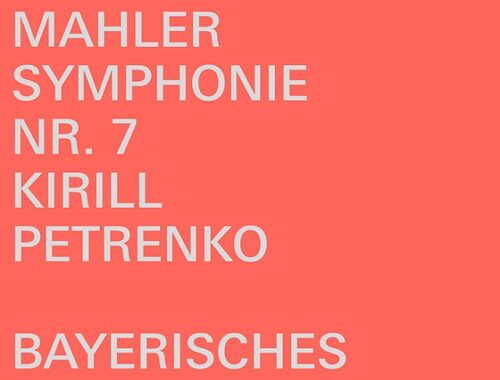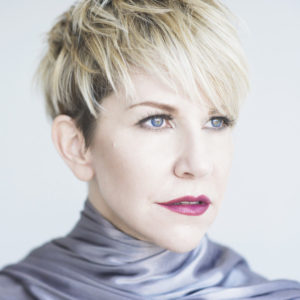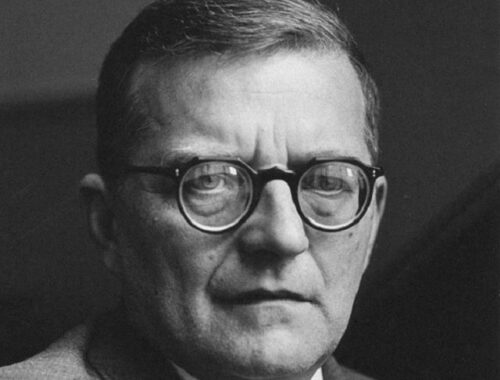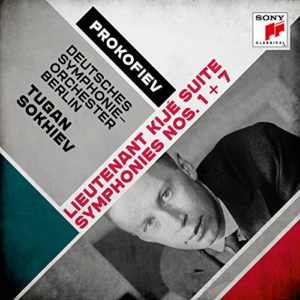GRAMOPHONE Review: Prokofiev Symphonies 1 & 7/Lieutenant Kijé Suite – Deutsches Symphonie-Orchester Berlin/Sokhiev
Tugan Sokhiev has impressed me in the past – his Tchaikovsky Fourth with the Orchestre National du Capitole de Toulouse in particular – but some of his choices here are puzzling and one, baffling.
He is certainly mindful of the parody rife in Lieutenant Kije and the militaristic colours heralding the “virtual” hero’s birth are painted in bold strokes with cartoonish thwacks on the bass drum like a 21-gun salute. The “Romance” is cut of coarse cloth, a little on the sleazy side, and “Kije’s Wedding” with its comically pompous trumpet and tuba alliance hints at a dowdy (cue saxophone) provincial affair. But for all the character I miss a compensating brilliance where, for instance, the “Troika” ride could certainly have put on a bit more of a spurt tempo-wise.
This tendency to deliberate pacing brings an effortfully slow Allegro to the first movement of the “Classical” Symphony. Haydn’s wit and whiplash reflexes could not be further from the spirit of Sokhiev’s reading. Everything is writ too large, the Larghetto lovely but somehow out of scale with Prokofiev’s vision, the Gavotta laboured. Only the finale really takes off – some spry playing from the Deutsche Symphonie-Orchester – though even here he could have pushed the “molto” vivace more.
The Seventh (and final) Symphony fares best but is ultimately ruled out of court for me on the basis of one fatal decision best known to only Sokhiev. “Wistful” is the word which perhaps best describes this ineffably haunting piece suffused as it is by the fairy tales Prokofiev traversed in his ballets. The first movement’s second subject is something quite magical in that regard. And it certainly invokes childhood though with a seam of darkness and melancholy underlying. The boisterous Allegretto embodying a sweeping waltz suggestive of Cinderellas everywhere is despatched with vigour and Sokhiev works up a decent head of steam as we hurtle towards midnight. Again, though, pushing the pace a little more would have added that last degree of excitement.
Another beautiful melody, beautifully played, melts the heart in the Andante espressivo and it is surely here that the regret welling up in the music signals where this piece is ultimately going. But here’s the rub. When the rollocking high spirits of the finale give way to a glorious apotheosis of the first movement’s second subject the music as Prokofiev originally wrote it fades to a question mark almost as cryptic as that at the close of Shostakovich’s last symphony. But Sokhiev opts for the revised ending – a jolly pay-off that Prokofiev added against his better judgement as a kind of soft option, or appeasement, perhaps, to the powers that be. We know that he eventually thought better of it because he told Rostropovich never to use it. I wonder why Sokhiev did?
You May Also Like

GRAMOPHONE Review: Mahler Symphony No. 7 Bayerisches Staatsorchester/Petrenko
12/08/2021
GRAMOPHONE: From Where I Sit – Awards Issue 2017
15/09/2017
